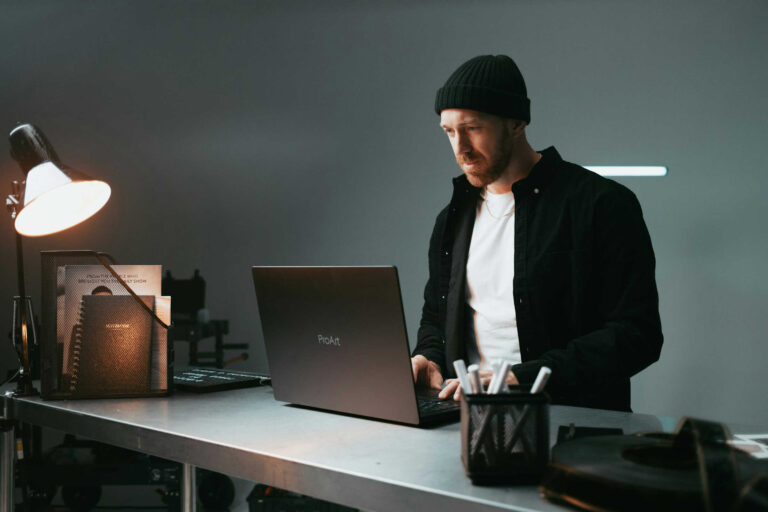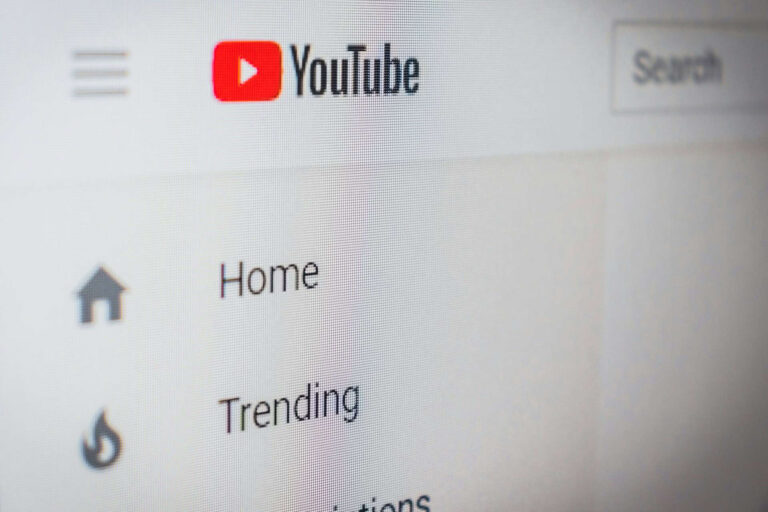How to Validate Startup Ideas Before Building: Lessons from a $18K Side Project
Most side projects don’t fail because of bad coding or design. They fail because nobody really wanted them in the first place.
That’s why this story from Many_Breadfruit9359 on Reddit caught my attention. After multiple flops, he built a side project that made $18,000 in just 7 months. His secret? He validated his startup idea before building anything.
As someone always looking for simple, smart business ideas, I think his approach is a playbook anyone can try. No fancy tech skills, just curiosity, questions, and a willingness to listen.
1. Collecting Pain Points for Product Ideas
Instead of waiting for inspiration, he wrote down problems he experienced or spotted online, from Reddit rants to real-world frustrations.
He built a list of dozens of pain points. Most weren’t worth pursuing, but a few stood out. That’s how his winning idea was born.
My take: If you get into the habit of collecting pain points, you’ll never be stuck wondering what to build next.
2. Validate Before Building
Before touching a line of code, he tested the idea. He posted on Reddit and Twitter, reached out to founders, and asked straight-up questions like:
- “Do you struggle to find product ideas?”
- “Would you pay for a database of validated problems?”
The positive response gave him the confidence to move forward.
Lesson: If people say “yes” before you build, you’re already ahead.
3. How to Get Feedback from Early Users
Once his MVP was live, he stayed close to his first users. He asked them what was missing, what would make them upgrade, and what features would make the product more valuable.
He didn’t guess. He built what people asked for.
Why I like this: It’s the fastest way to create something people actually want.
4. Track User Behavior to Improve Conversion Rates
He tracked key metrics—conversion rates, user activation, and upgrade funnels.
Early on, his landing page converted at 4%. After testing headlines and features, it hit 9%, doubling his revenue.
Takeaway: Numbers don’t lie. Even small tweaks can lead to big gains.
5. Focus on Problems with Buying Intent
Not all problems are worth solving. He looked for ones where people were already paying for solutions, such as those mentioned in G2 reviews, Upwork job posts, and Reddit threads.
If people are spending money, you’re not pushing uphill.
Conclusion
This $18K win wasn’t about luck. It was about stacking the odds in his favor.
Collect problems. Validate early. Listen to users. Track what matters. Focus on buying intent.
If you’re sitting on an idea, don’t just build it. Test it first. Worst case, you save months of work. Best case, you’re sharing your own success story in a few months.





